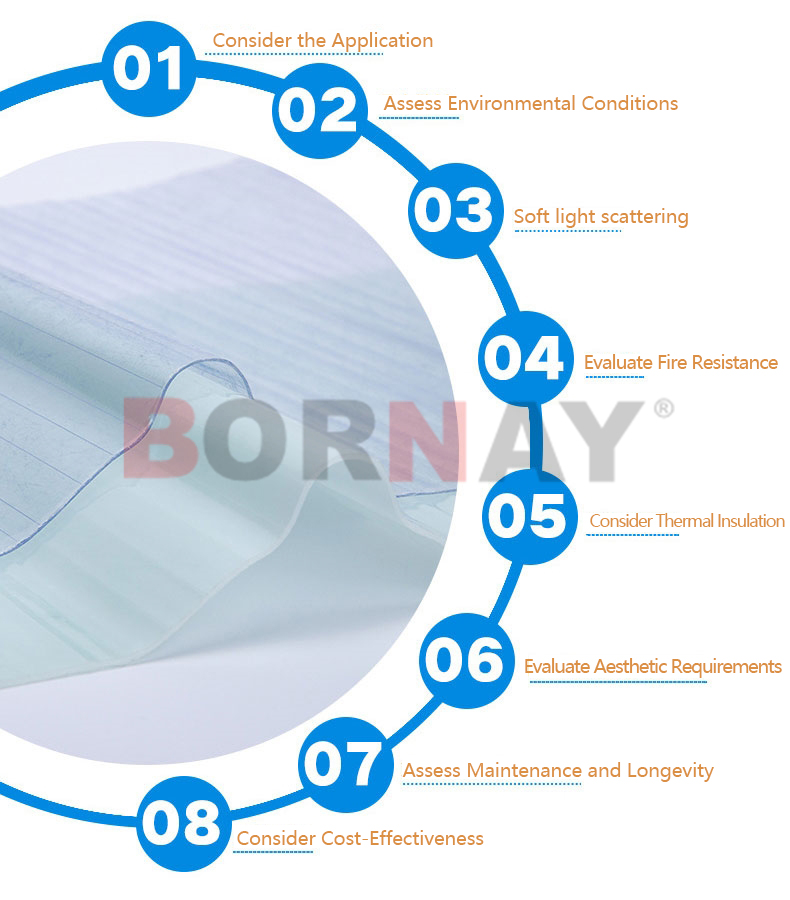Bienvenidos a Langfang-bonai
The Evolution of FRP Roof Panels in the Construction Industry|Calamine transparent glass fiber
Introduction: In the ever-evolving realm of construction, innovative materials and techniques continually reshape the landscape of architectural design and structural integrity. Among these advancements, Fiber-Reinforced Polymer (FRP) roof panels have emerged as a remarkable solution, revolutionizing roofing systems with their exceptional properties and diverse applications. This article explores the development, benefits, and applications of FRP roof panels in the construction industry.
Development of FRP Roof Panels: Fiber-Reinforced Polymers (FRPs) are composite materials comprised of a polymer matrix reinforced with fibers, typically glass, carbon, or aramid fibers. The concept of using polymers to reinforce construction materials dates back to the mid-20th century. However, it was only in recent decades that FRPs gained prominence in roofing applications. Traditional roofing materials like concrete, metal, and asphalt shingles faced limitations in terms of weight, durability, and installation flexibility. FRP roof panels were developed to address these challenges.

Benefits of FRP Roof Panels:
- Strength and Durability: FRP roof panels exhibit high tensile strength, making them durable and able to withstand various environmental stresses such as wind, rain, and temperature fluctuations.
- Lightweight: Compared to traditional roofing materials, FRP panels are significantly lighter, reducing the structural load on the building and allowing for more creative architectural designs.
- Corrosion Resistance: Unlike metal roofing, FRP panels do not corrode or rust over time, ensuring a longer lifespan and reduced maintenance costs.
- Flexibility in Design: FRP panels can be manufactured in various shapes, sizes, and colors, enabling architects and builders to achieve unique designs while maintaining structural integrity.
- Ease of Installation: The lightweight nature of FRP panels simplifies installation, reducing labor time and associated costs.
- Insulation Properties: FRP panels can be designed with excellent thermal and acoustic insulation properties, contributing to energy efficiency and indoor comfort.
Applications in the Construction Industry:
- Commercial Buildings: FRP roof panels are increasingly being used in commercial structures due to their lightweight nature, ease of installation, and ability to span large distances without compromising structural integrity.
- Residential Housing: The design versatility of FRP panels allows for creative roofing designs in residential construction, giving homeowners the opportunity to personalize their homes.
- Industrial Facilities: FRP panels find utility in industrial settings where chemical resistance and structural durability are essential.
- Agricultural Structures: The corrosion-resistant properties of FRP make them suitable for agricultural buildings that may be exposed to harsh weather conditions and chemicals.
- Green Roofing: FRP panels can be integrated into green roofing systems, supporting vegetation while providing protection against leaks.

Conclusion: The emergence of FRP roof panels marks a significant advancement in the construction industry, offering a compelling alternative to traditional roofing materials. Their strength, durability, lightweight nature, and design versatility have led to their adoption in diverse construction projects, from residential homes to expansive commercial structures. As technology continues to advance, it is foreseeable that FRP roofing solutions will become even more refined, contributing to the sustainable and innovative future of construction.


